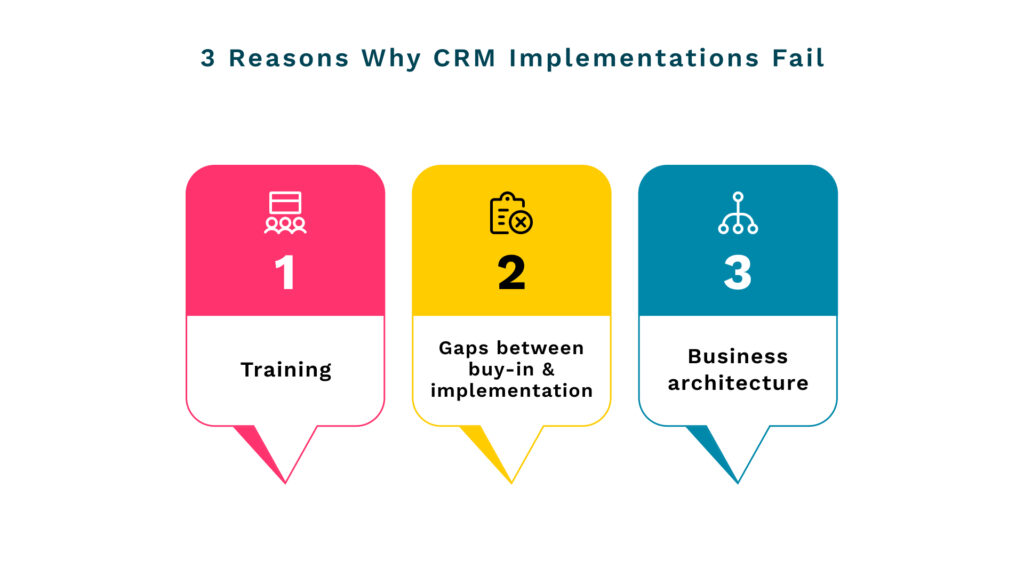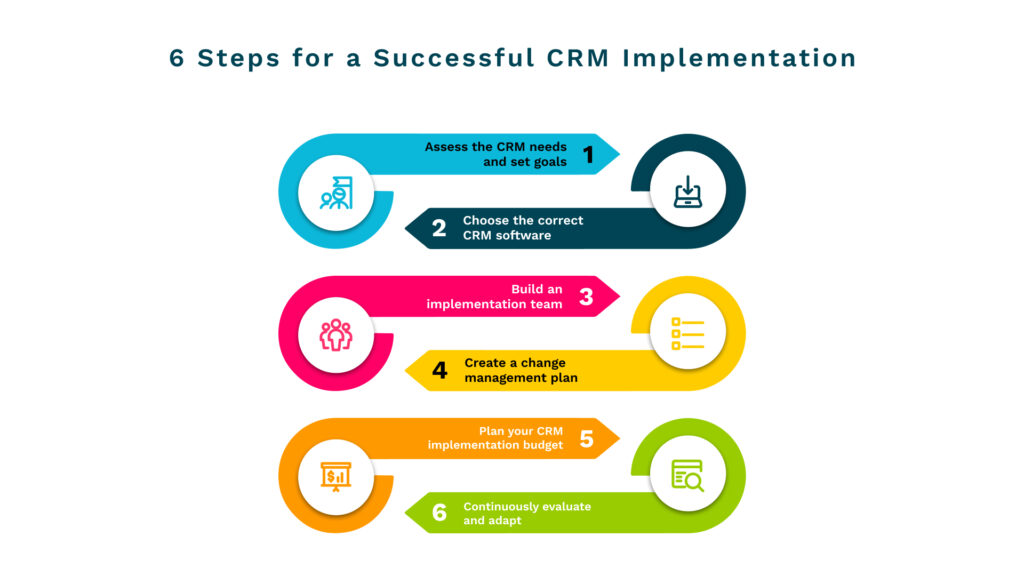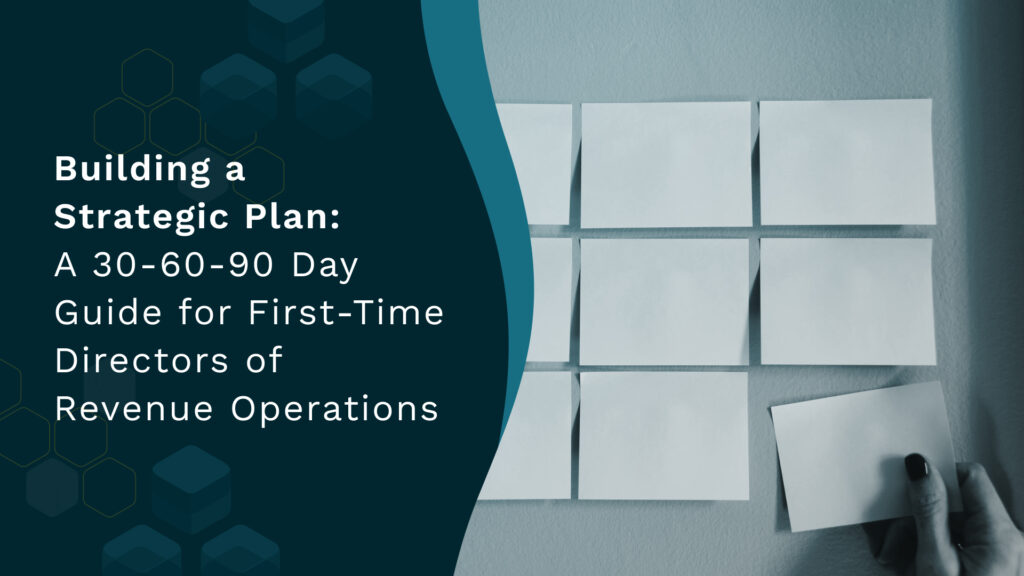
A Successful CRM Implementation is Possible. Here’s How.
Learn all about the key steps, challenges, and strategies for a successful CRM implementation process from a CRM expert.
Building a successful CRM implementation process is paramount to building long-lasting customer relationships.
But here’s the catch. CRM implementation failure rate today is close to a whopping 70%.
The major culprit is lack of poor planning, among many other things.
We recently spoke to Craig Handy who is the Director of RevOps at York IE and has been building innovative revenue engines for tech companies after handling revOps at companies like Shopify. He is a CRM expert and is one of the best professionals out there who understands this topic.
Craig gave us a rundown of an incredibly effective CRM implementation process that maximizes ROI from the platform. In this article, we will give a detailed overview of his insightful conversation.
Tune in and catch the entire conversation below:
3 Reasons Why CRM Implementations Fail
Let’s begin by talking about the three common reasons why CRM implementations fail and more importantly, how to address these.

1. Training
22% of issues with CRM adoption are related to ‘people issues’. To set your people up for success, it’s essential to provide them with the right training and resources tailored to your business’s needs. Remember, a one-size-fits-all approach doesn’t cut it
It’s important to recognize that every company is unique, and the way they implement CRM can vary significantly. Even if you onboard employees who have prior experience using a platform, they should nonetheless be trained as per your business.
2. Gaps between buy-in & implementation
Another reason why most CRM implementations bomb is the gaps that exist in getting everyone on board with it.
It’s not just about the technology itself; it’s about identifying the need for change, understanding the pain points, and then working closely with your team. By leading from a problem-solving perspective rather than solely focusing on the tech, you can eliminate gaps and go with a solution that truly meets your business needs.
3. Business architecture
Most companies overlook business architecture that includes data governance and structure while implementing a CRM. Even if you nail the training and buy-in, neglecting the data management can undermine the entire process. In short, data governance and structure serve as the foundation of your CRM implementation.
Talking about the foundation, let’s now understand how a solid foundation can be laid for the CRM implementation process.
Creating a Foundation for a Successful CRM Implementation Process
It all boils down to adaptability. You want your CRM to be able to evolve alongside your growing business so that a few years down the lane you don’t find yourself crippled by outdated systems.
As Craig Handy aptly puts it, “Change is the fabric of existence of the business.”
Therefore, your CRM must be capable of accommodating changes, whether that means modifying the existing system or completely reworking it. The key is to prioritize adaptability at the data layer so that data is not only suitable for solving current problems but can also go through reasonable changes in the future.
So, as you implement the CRM, ask yourself: Is my foundation adaptable? Will it solve present and future problems effectively?
Why is CRM Data Migration a Nightmare?
CRM data migration can often be a nightmare-ish task. Here’s why
- The volume and complexity of customer data collected over time can make migration to a new CRM difficult requiring careful planning and execution.
- The potential data loss is another factor. If the data is valuable, ensure that it is properly mapped and transferred, otherwise, redundant data can just be left behind.
- Different CRM systems often have varying data structures and formats, adding another layer of complexity.
- The integration of third-party applications and external data sources can further complicate the migration.
While CRM data migration can present challenges, it’s important to approach it with the right planning, expertise, and resources. That way, your business can mitigate potential risks and smoothly transition to a new CRM.
Sorting Out the CRM Data Mess
CRM data mess is a situation where the data within the system is disorganized, inconsistent, or lacks quality. This hampers the usefulness of the CRM and impedes further actions.
One best practice to have healthy data in CRM is deploying a data stewardship program.
A data stewardship program involves assigning responsibilities of inputters, definers, and outputters to individuals for effectively managing and maintaining data within an organization.
The program structure can vary based on company size, industry, and data requirements depending on which a company may have single or multiple data stewards.
Creating a data stewardship program involves several steps:
- Defining goals and success metrics
- Analyzing the existing state and identifying any gaps
- Developing a roadmap for program development, implementation, and maintenance
- Ensuring buy-in from stakeholders
- Creating a detailed plan
- Implementing the program
- Monitoring and maintaining the program
Now that we have the foundation in place, let’s dive into the key steps for a successful CRM implementation process.
6 Steps for a Successful CRM Implementation
As Craig Handy wisely states, “A great CRM used poorly is simply a poor CRM.” Now, let’s discuss the key steps for implementing an effective CRM process.
1. Assess the CRM needs and set goals
Begin by identifying your business’s specific CRM requirements and aligning them with your goals. Determine the pain points, challenges, and opportunities that you aim to address with a CRM. This assessment will guide your selection and implementation process.
2. Choose the correct CRM software
Select a CRM application that best suits your needs, taking into consideration factors such as functionality, scalability, ease of use, and integration capabilities. Experience demos of multiple systems to make sure you are choosing the right one for your business.
3. Build an implementation team
Assemble a dedicated team for overseeing the CRM implementation process. Include members from different departments to ensure comprehensive input. The responsibility for continuous training and tracking metrics for success lies with RevOps and team managers.
4. Create a change management plan
Develop a plan to manage the change that comes with CRM implementation. This includes communicating benefits, training employees, addressing issues, and encouraging adoption. Keep your team informed about available strategies for successful implementation. Conduct regular training to disseminate updates. The frequency of training depends on CRM and market changes.
5. Plan your CRM implementation budget
Determine the financial resources required for CRM implementation. Consider factors such as customization or configuration, data migration, infrastructure upgrades, training programs, and ongoing support and maintenance. Have adequate funds for a smooth implementation process.
6. Continuously evaluate and adapt
Regularly evaluate the CRM implementation progress and measure its impact on your business. Monitor key performance indicators (KPIs) related to customer satisfaction, sales growth, productivity, and return on investment (ROI). Identify improvement areas, make adjustments, and ensure that your CRM continues to meet evolving needs.

Best ways to ensure CRM adoption
Only less than 40% of CRMs have full-scale end-user adoption. While the rest of the companies are simply losing out on the gigantic potential of a CRM. In our conversation, Craig Handy gave us a few best practices to ensure maximum CRM adoption.
1. Focus on individual value
Highlight the benefits of CRM not only for the business but also for the employees using it. Emphasize how it can make their work more efficient, organized, and ultimately contribute to their success.
2. Choose a user-friendly interface
50% of sales managers say CRM is difficult to implement. Choose a CRM that is intuitive and easy to navigate. A user-friendly interface reduces the learning curve and encourages widespread adoption among employees.
3. Encourage feedback and involvement
Establish feedback mechanisms for employees to share their suggestions and concerns. By involving them in the CRM implementation process, you make them feel valued and influential, increasing their engagement and adoption.
4. Don’t make it too personal
Avoid making the CRM system overly personal to the extent that it disrupts existing workflows and becomes a burden. Instead, create a team of experts or collaborate with third-party consultants to integrate the CRM seamlessly into daily operations.
5. Maximize return on investment(ROI)
A CRM pays back $8.71 for every dollar spent. To hit this ROI, if necessary, explore the option of outsourcing or working with external consultants and optimizing your CRM implementation. Leverage their expertise and experience, ensuring you get the bang for your buck from your CRM investment.
Get higher ROI from your CRM with Nektar
23% of businesses say that manual data entry is their biggest challenge in using their current CRM.
Tackle this biggest challenge and do more using Nektar. By capturing and integrating full-funnel activity and buyer data across all your customer-facing teams, Nektar brings a whole new level of efficiency and predictability to your CRM
Avoid CRM data leakages with AI-assisted automation and achieve sky-high productivity, streamline workflows, and gain actionable insights. Get in touch with one of our experts to learn more.

PUBLISHED BY






